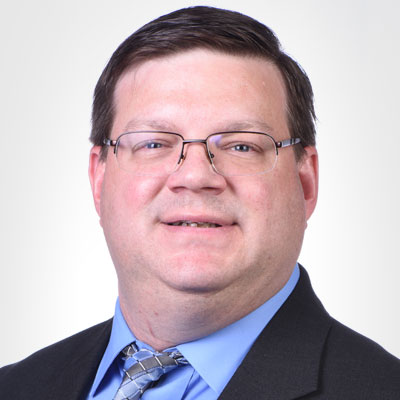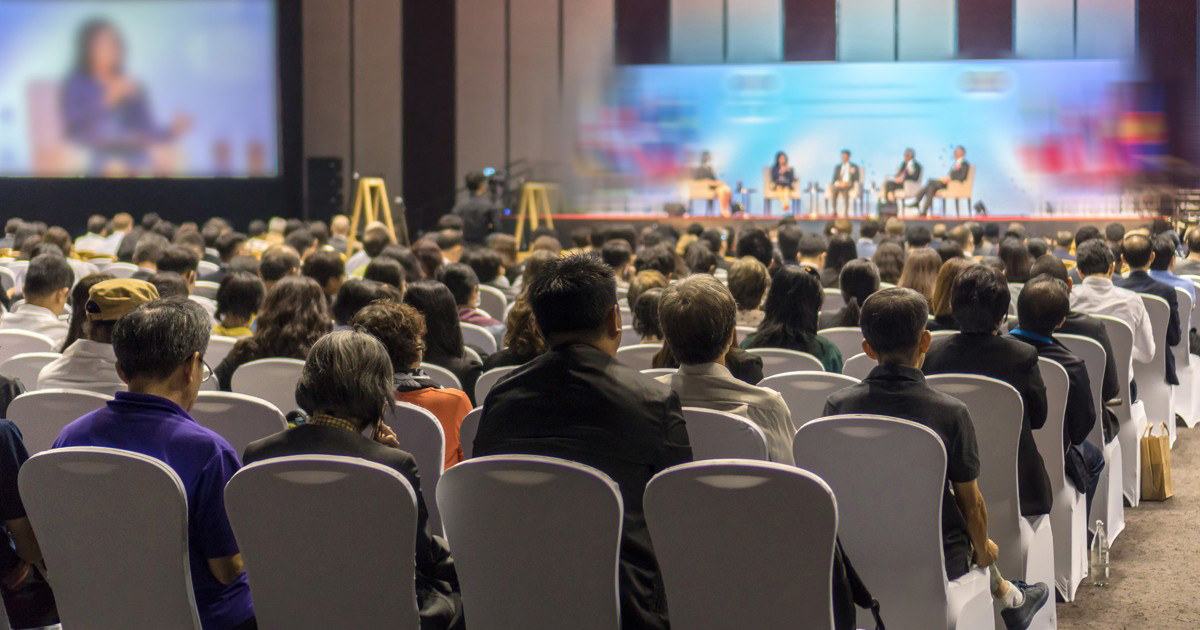Engaging With Audiences at Live Conferences Even More Important After Years of Screen Shows

By Chris Rosenberg, Healio Strategic Solutions’ VP, Client Solutions
Published June 6, 2022

As medical conferences return to in-person formats, with either fully or hybrid meeting models, after years of healthcare providers navigating the COVID-19 pandemic, they face a new challenge: overcoming the inertia of past attendees of live meetings who have grown accustomed to obtaining the latest information and maintaining connections virtually.
Healthcare providers, like the rest of us, suffer from Zoom fatigue and are tired of those moments of awkwardness when speakers talk over each other, then stop to wait their turn, creating awkward silences, then stumble over each other when they rush in to fill that silence, which starts the process over again. (As an aside, isn’t it remarkable how everyone seems to have the same default setting on the appropriate length of time to wait before resuming what they were saying before the conversational collision?) Or almost as bad – expecting renowned thought leaders, leading researchers and respected academics to use the “raise hand” option like children in a third-grade classroom.
The elements that made for interesting and well-remembered live programs – engaging with the audience through interactive polling, case presentations, panel discussions, attendee questions, group discussions at tables and having the faculty work the room – have only become more important after 2 years of staring at screens.
Just as important as the format of the message is the appeal of the messenger. Many pharmaceutical companies employ speaker training that emphasizes how to stay on label, which is obviously critical from a regulatory standpoint. Speaker decks are developed with the intent of delivering a specific educational message. Taking the time to identify and foster a speaker’s ability to engage their audience helps ensure that those messages are received. Audiences tend to tune out when a presentation comes across as an overly canned marketing spiel, but strong opinions from the program faculty will produce a lively discussion. Not every speaker will be able to develop this skill, but moderators who can establish a connection with the audience and keep a conversation and program moving are invaluable in preventing the audience from scrolling through their email and checking Twitter after finishing dessert.
Taking the steps to develop a more engaging program with dynamic speakers will ensure that the intended message reaches and stays with the audience, both those attending in person and watching on screen, and may help remind everyone why they used to enjoy coming to live conferences. Our team members have more than a decade of experience in helping to develop more than 100 engaging live programs and can work with you to create a successful program.
For more information on Healio Strategic Solutions’ Live Programs, email me at [email protected] or DM me on LinkedIn. I look forward to connecting with you!

